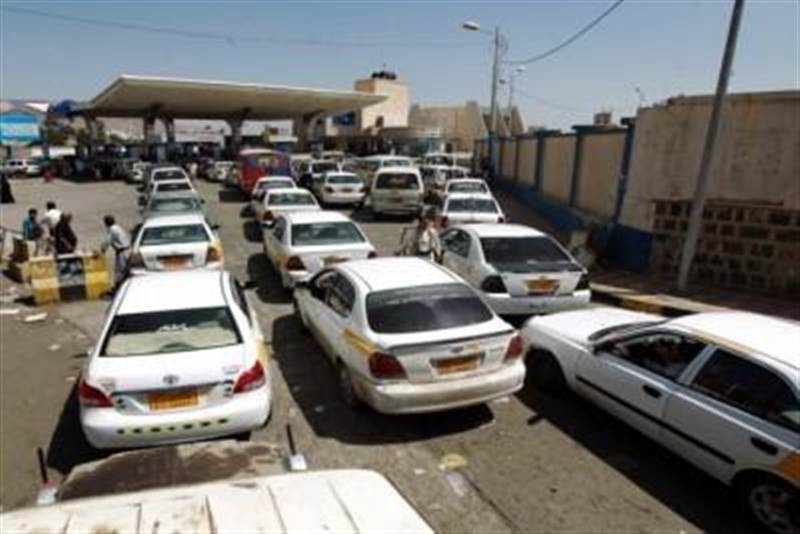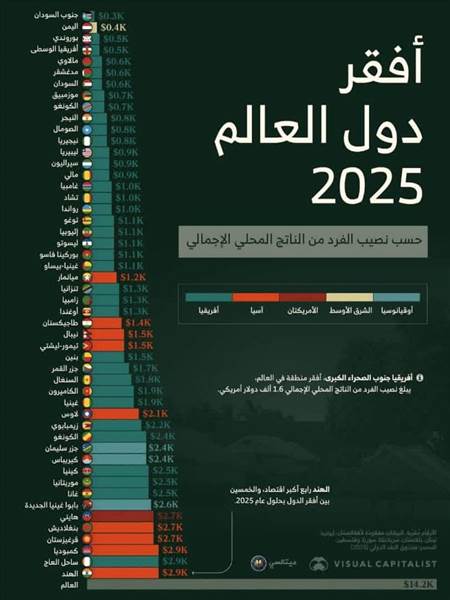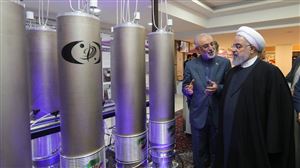Fuel Crisis Deepens in Sanaa and Houthi-Controlled Areas
A severe fuel shortage has gripped the Yemeni capital, Sanaa, and other provinces under Houthi control—namely Ibb, Hodeidah, and Saada—since early Monday, threatening to paralyze daily life and essential services.
Local sources report that most fuel stations have shut down, with only the Yemen Petroleum Company’s main station still operating amid long queues and heavy congestion. Despite official denials from the Houthi-run company, even pro-Houthi social media accounts have sounded the alarm, warning of an impending catastrophe.
According to residents, the petroleum company is preparing to implement strict rationing, limiting fuel distribution to just 40 liters per vehicle every two weeks. This move is expected to further exacerbate public hardship and disrupt critical sectors such as hospitals that rely on fuel-powered generators.
This crisis unfolds against the backdrop of intensified U.S. military airstrikes on the Ras Issa oil terminal in Hodeidah since mid-April. The U.S. Central Command stated that the strikes aim to deprive the Houthis of illicit revenue streams used to finance their military operations and attacks on international shipping.
The Ras Issa, As-Salif, and Hodeidah ports have long served as major financial arteries for the Houthis. The ongoing U.S. air campaign is now believed to be significantly impacting the group’s access to fuel imports and distribution.
Across Sanaa, Ibb, Hodeidah, and Saada, hundreds of vehicles were seen lined up at fuel stations, while growing public anxiety and panic signal the potential for a broader collapse in the coming days.
"What is happening in Yemen? What caused the war? And who ignited it?










Comments